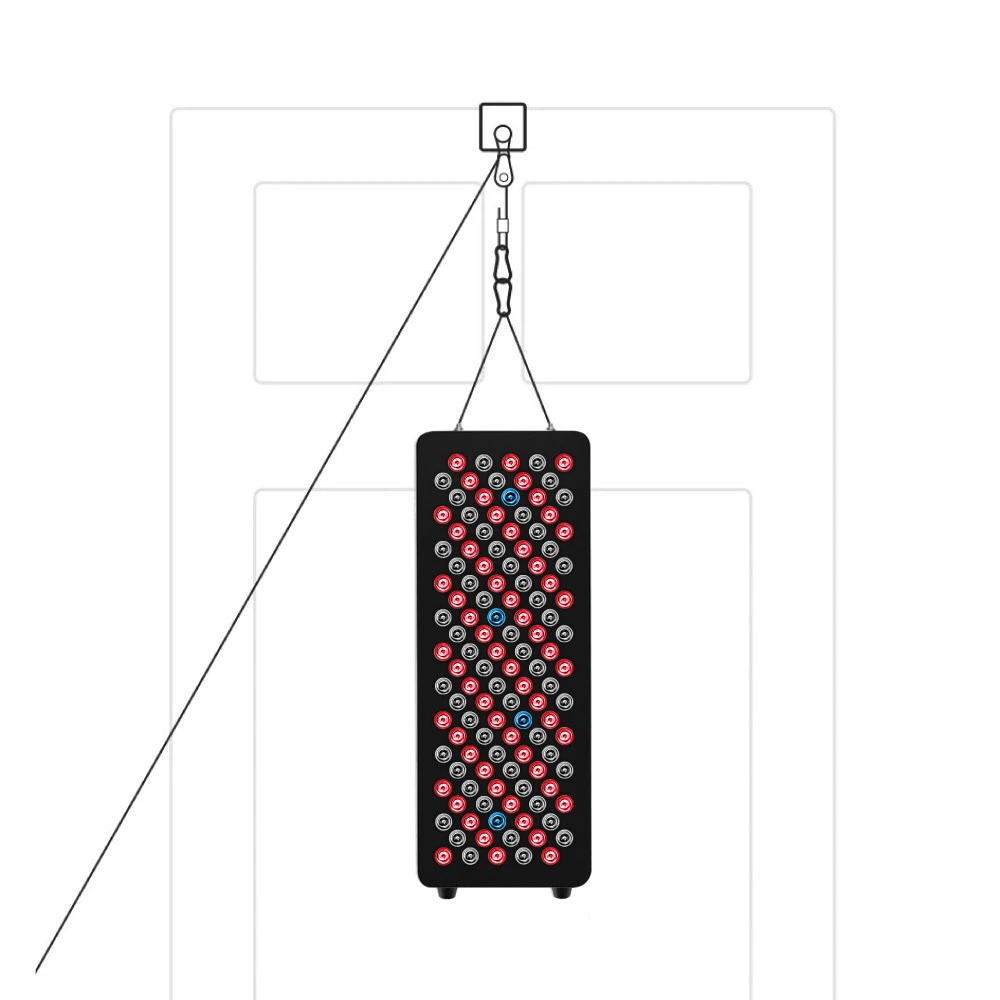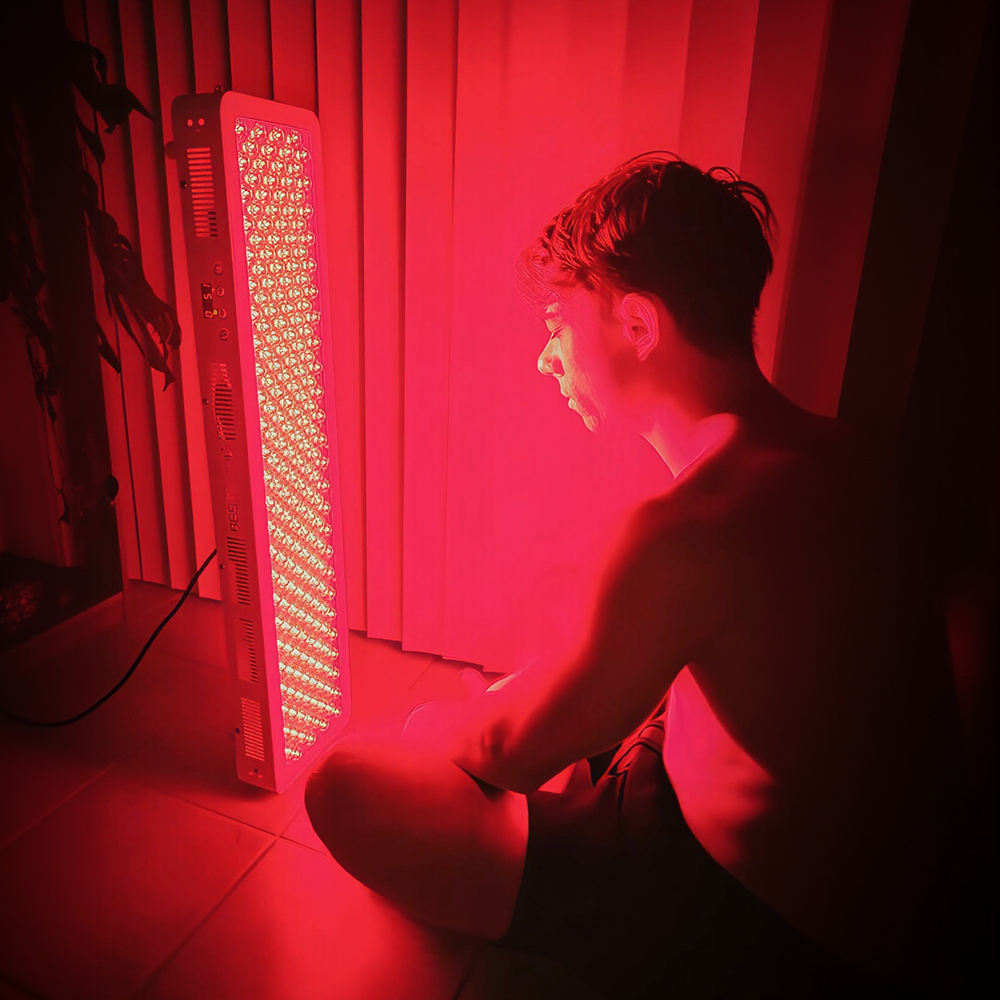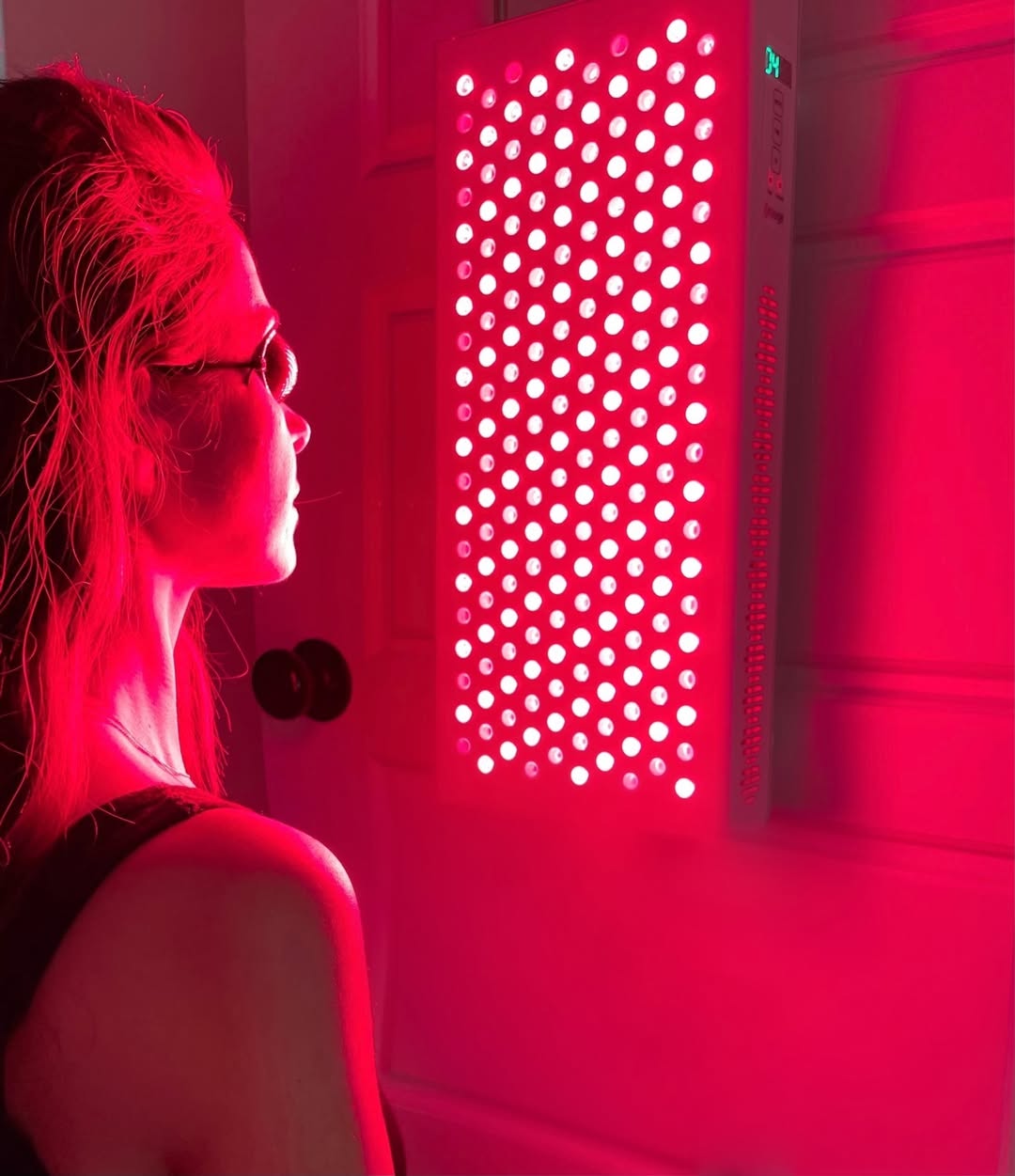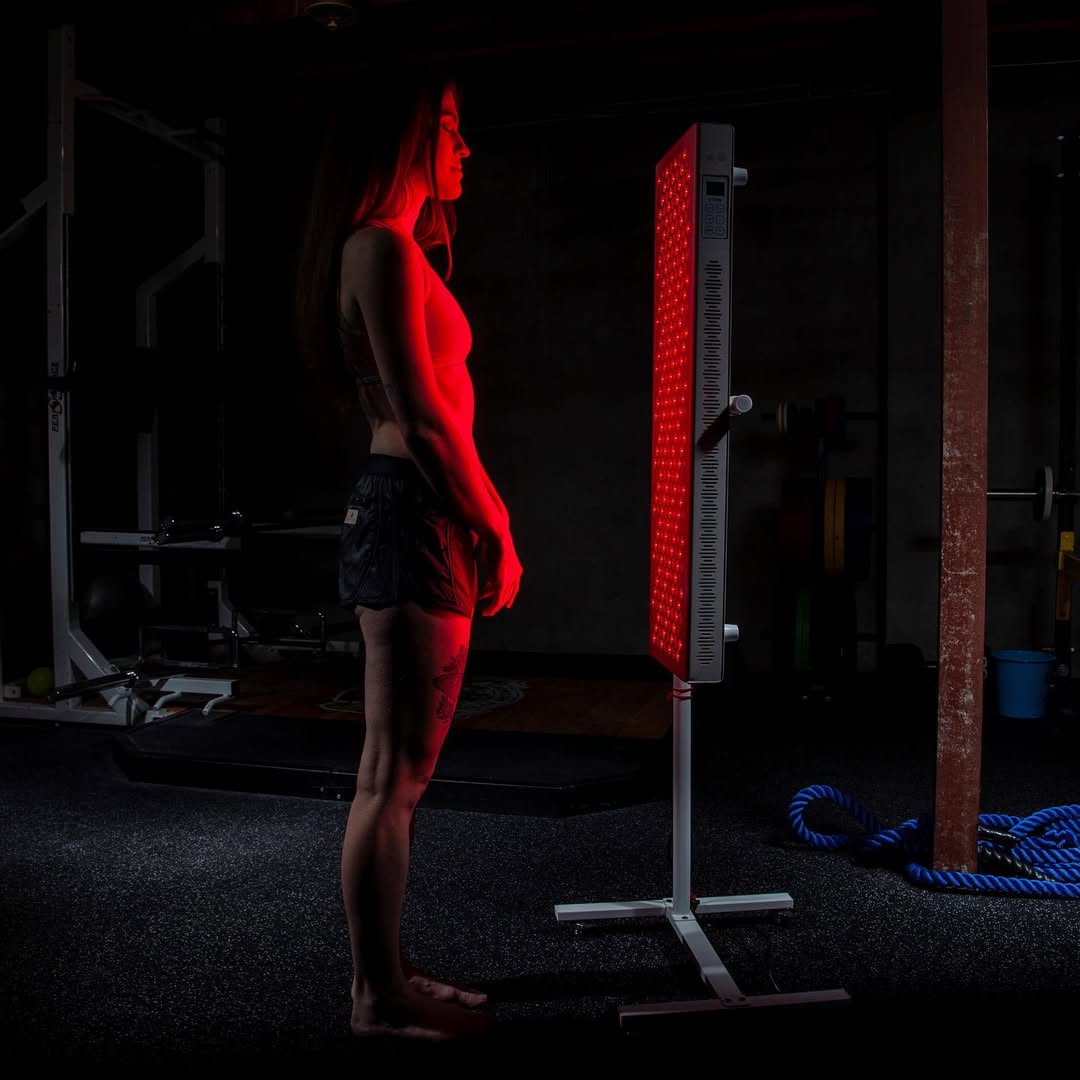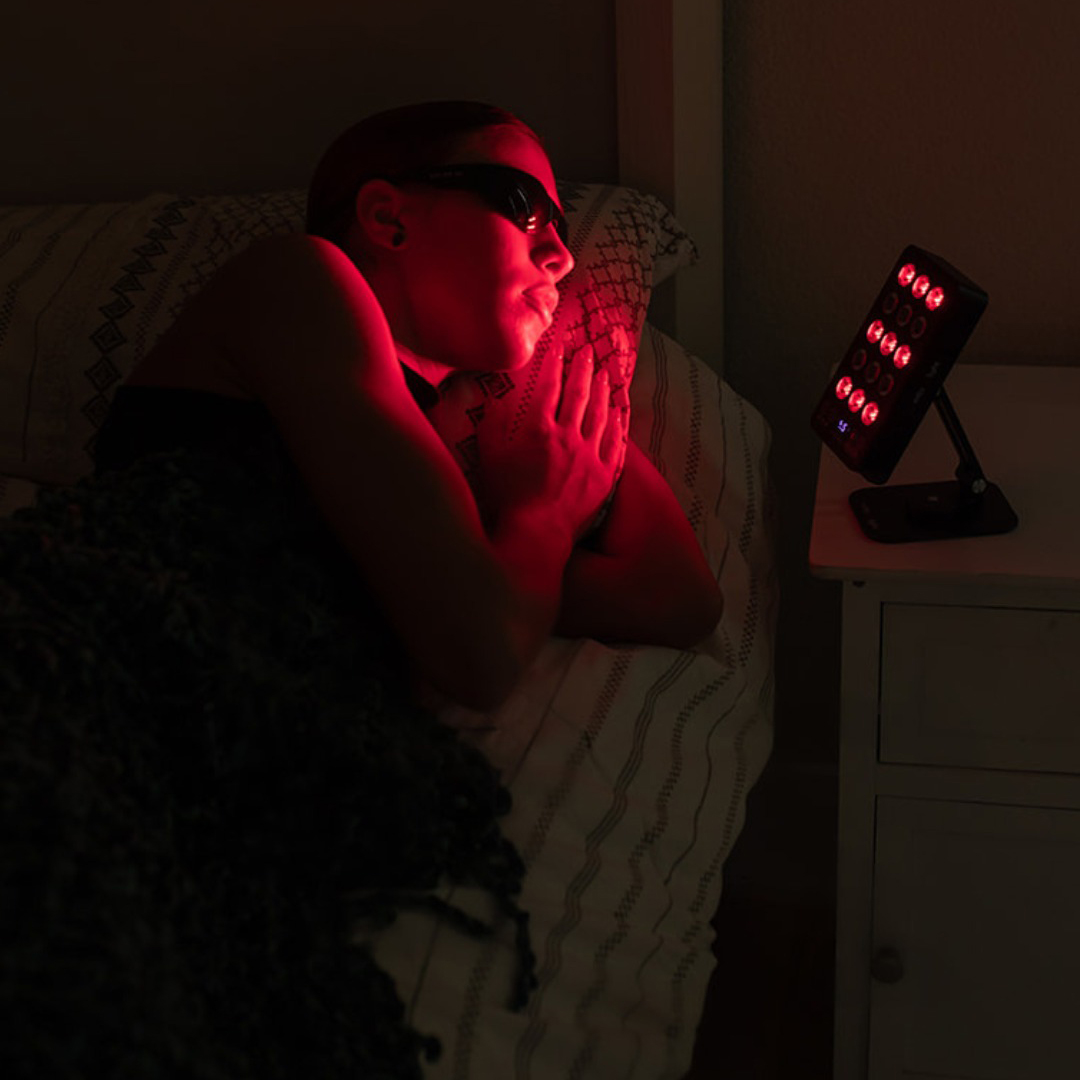![]() Free Shipping
Free Shipping ![]() Buy Now, Pay Later
Buy Now, Pay Later ![]() Eligible
Eligible
Red Light Therapy for Hormones: The Full Guide to Balancing Your Endocrine System
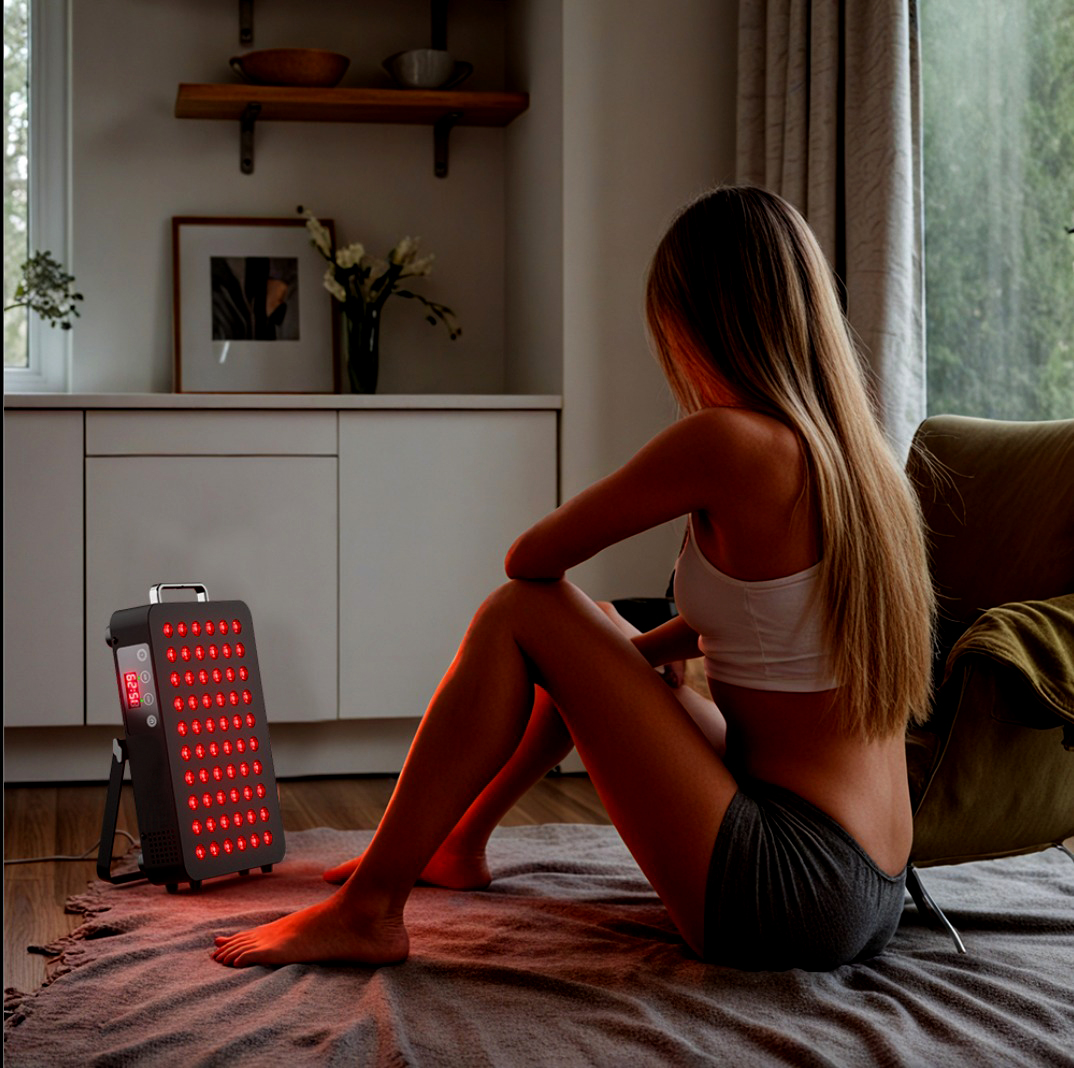
In the quest for better health, we often overlook a fundamental regulator of our well-being: our hormones. These chemical messengers control everything from our sleep and mood to our metabolism and energy levels. While diet and exercise are crucial, a groundbreaking technology is gaining scientific traction for its ability to support hormonal balance from the cellular level up—Red Light Therapy (RLT).
This guide will demystify how red light therapy interacts with your endocrine system, the specific hormones it can influence, and how you can use it to reclaim your vitality.
What is Red Light Therapy?
Red Light Therapy, also known as photobiomodulation (PBM), is a non-invasive treatment that uses specific wavelengths of red and near-infrared (NIR) light to penetrate the skin and stimulate cellular processes.
Unlike UV light, which can damage the skin, red and NIR light are safe, therapeutic, and generate no heat. The primary mechanism of action is the absorption of this light by the mitochondria, often called the “powerhouse of the cell.”
Dr. Michael Hamblin, a leading Harvard photomedicine researcher, states: “The mitochondria contain light-absorbing molecules called chromophores. When you shine red or near-infrared light on them, it boosts the production of adenosine triphosphate (ATP), which is the energy currency of the cell. More ATP means cells can function more efficiently and repair themselves.”
In short, RLT gives your cells a “tune-up,” leading to a cascade of positive effects throughout the body, including within the intricate endocrine system.
How Does Red Light Therapy Influence Hormones?
The connection between RLT and hormones isn’t direct; it’s a masterful act of indirect support. Hormones are produced by glands (like the thyroid, adrenals, and pineal gland), which are made of cells. By optimizing the function of these cells, RLT creates an environment where hormonal glands can produce and regulate hormones more effectively.
The key pathways include:
- Enhanced Cellular Energy: As mentioned, increased ATP production gives hormone-producing cells the energy they need to perform their functions optimally.
- Reduced Oxidative Stress: RLT is a powerful antioxidant, helping to neutralize damaging free radicals that can impair glandular function.
- Improved Blood Flow: The therapy stimulates the release of nitric oxide, improving circulation and ensuring glands receive ample oxygen and nutrients.
- Decreased Inflammation: Chronic inflammation is a major disruptor of hormonal balance. RLT has been shown to significantly reduce inflammatory markers.
Key Hormones Benefited by Red Light Therapy
Let’s break down the specific hormones that research suggests are most positively influenced by consistent red light therapy use.
1. Melatonin: The Sleep Hormone
Melatonin is crucial for regulating your sleep-wake cycle (circadian rhythm). RLT influences melatonin in two powerful ways:
- Indirectly: By supporting the health of the pineal gland, the primary producer of melatonin.
- Directly (with NIR): Some studies suggest that near-infrared light can directly stimulate the production of melatonin within the mitochondria themselves, enhancing both sleep quality and cellular energy.
A 2012 Study in the Journal of Sleep Research found that whole-body red light exposure significantly improved sleep quality and melatonin levels in female athletes.
2. Cortisol: The Stress Hormone
Chronic stress keeps cortisol levels elevated, leading to weight gain, anxiety, and thyroid dysfunction. RLT helps modulate the hypothalamic-pituitary-adrenal (HPA) axis, your central stress response system.
- Promotes Relaxation: The therapy has a calming effect on the nervous system.
- Supports Adrenal Glands: By reducing the cellular burden on the adrenals, it helps them regulate cortisol output more effectively, promoting a healthier diurnal rhythm (high in the morning, low at night).
3. Thyroid Hormones (T3 & T4)
The thyroid gland is your metabolism master. Conditions like Hashimoto’s thyroiditis involve inflammation of the thyroid.
- Reduces Inflammation: RLT can help reduce the autoimmune attack on the thyroid gland by calming local inflammation.
- Improves Gland Function: Enhanced cellular energy in thyroid cells can support the production of thyroxine (T4) and its conversion to the active triiodothyronine (T3).
4. Testosterone and Fertility Hormones
While not a “testosterone booster” in the pharmaceutical sense, RLT creates a favorable environment for healthy testosterone production and reproductive health.
- In Men: Studies show RLT can improve testosterone production by enhancing Leydig cell function in the testes and reducing oxidative stress in reproductive tissues.
- In Women: It can help support ovarian function and has been studied for its potential to improve symptoms of PCOS and support fertility by improving egg quality.
Summary of Hormonal Benefits
| Hormone | Primary Gland | Effect of Red Light Therapy |
|---|---|---|
| Melatonin | Pineal Gland | Supports production, improves sleep quality and circadian rhythm. |
| Cortisol | Adrenal Glands | Helps modulate stress response, promotes healthier daily rhythm. |
| Thyroid (T3/T4) | Thyroid Gland | Reduces gland inflammation, supports cellular function and hormone conversion. |
| Testosterone | Testes (Men) / Ovaries (Women) | Enhances cellular health of reproductive organs, reduces oxidative stress. |
| Estrogen/Progesterone | Ovaries | Supports ovarian cell health, may help improve symptoms of hormonal imbalance. |
A Practical Guide to Using Red Light Therapy for Hormones
To achieve the best results, consistency and correct usage are key.
Choosing a Device
You have two main options:
- Professional Panels: Ideal for whole-body treatment, ensuring systemic benefits. They are more powerful and cover a larger area.
- At-Home Devices: These include handheld wands, belts, and smaller panels. They are convenient for targeted use (e.g., on the thyroid or lower abdomen) but may take longer for full-body effects.
Look for: A device that emits both red (630-660nm) and near-infrared (810-850nm) light. NIR penetrates deeper and is crucial for reaching internal glands.
VELLGUS Elite V2
THE #1 RATED RED LIGHT DEVICE
VELLGUS pro V2
THE #1 RATED FULL BODY RED LIGHT DEVICE
How to Use RLT for Hormonal Balance: A Protocol
Consistency is more important than duration.
- Frequency: Aim for daily sessions, especially when starting out. 5-7 times per week is ideal.
- Session Length: Typically 10-20 minutes per body area. Follow the manufacturer’s guidelines for your specific device’s power output.
- Distance: Position yourself 6-12 inches from the device, as recommended.
- Timing:
- For Sleep/Melatonin: Use in the evening, 1-2 hours before bed.
- For Energy/Cortisol: Use in the morning to support a healthy cortisol wake-up response.
- Key Body Areas to Target:
- Thyroid: Center of the neck.
- Adrenals: Mid-back, just above the kidneys.
- Pineal Gland: Forehead (with eyes closed and protected).
- Reproductive Organs: Lower abdomen.
A User Testimonial: *”After six weeks of using a red light panel on my thyroid and neck for 10 minutes every morning, my energy levels are more stable than they’ve been in years. I’m no longer hitting a 3 PM slump, and my sleep has deepened significantly.” – Sarah, 42.*
Safety and Side Effects
Red Light Therapy is overwhelmingly safe for most people. It is non-toxic, non-invasive, and does not use harmful UV radiation.
- Minor Side Effects: Some users may experience temporary slight redness or eye strain if proper eye protection isn’t used.
- Contraindications: Individuals with photosensitivity conditions or those on photosensitizing medications should consult a doctor first. It is generally not recommended over active cancerous tumors.
The Bottom Line: Is Red Light Therapy for Hormones Right for You?
Red Light Therapy is not a magic bullet, but it is a powerful tool for foundational health. By enhancing cellular function, it addresses the root cause of many hormonal imbalances. When combined with a healthy diet, stress management, and good sleep hygiene, RLT can be a transformative component of your wellness regimen, helping you achieve a state of balanced vitality from the inside out.
Disclaimer: Always consult with a healthcare professional before starting any new treatment, especially if you have a diagnosed hormonal condition. This article is for informational purposes only and is not a substitute for professional medical advice.



